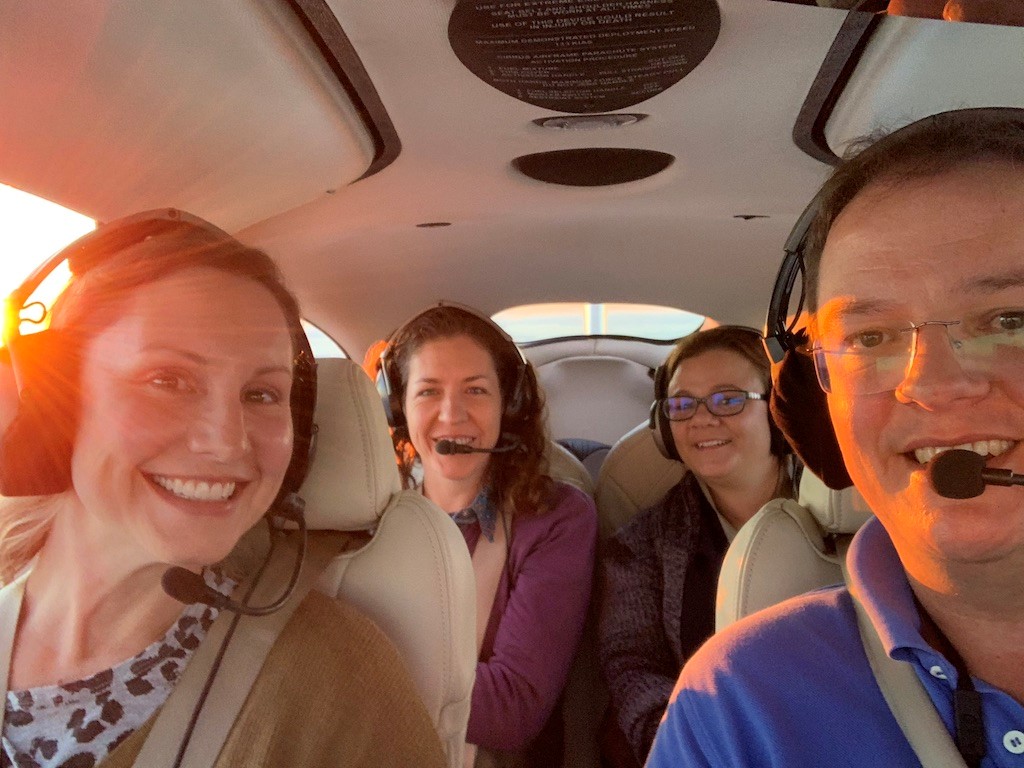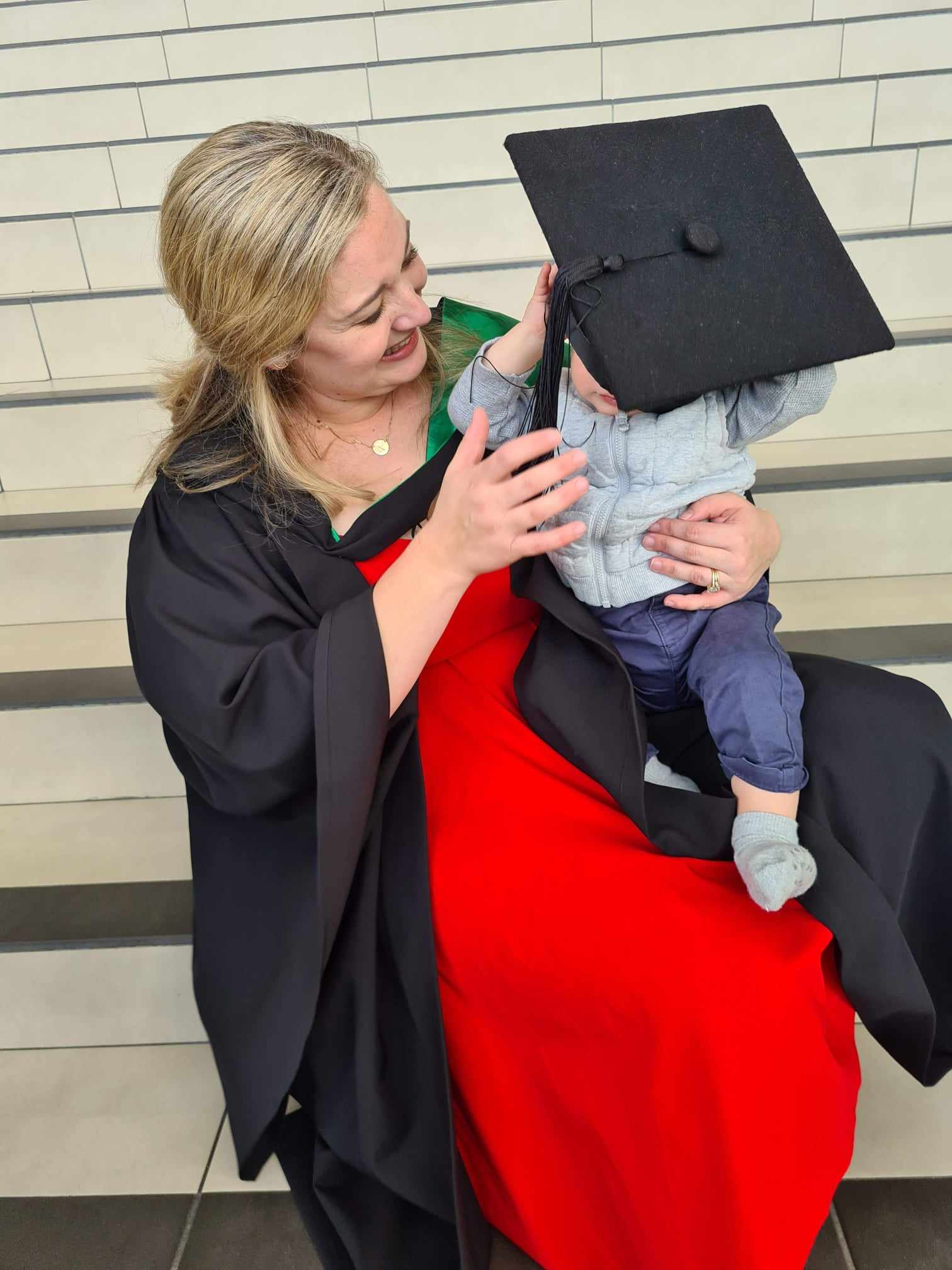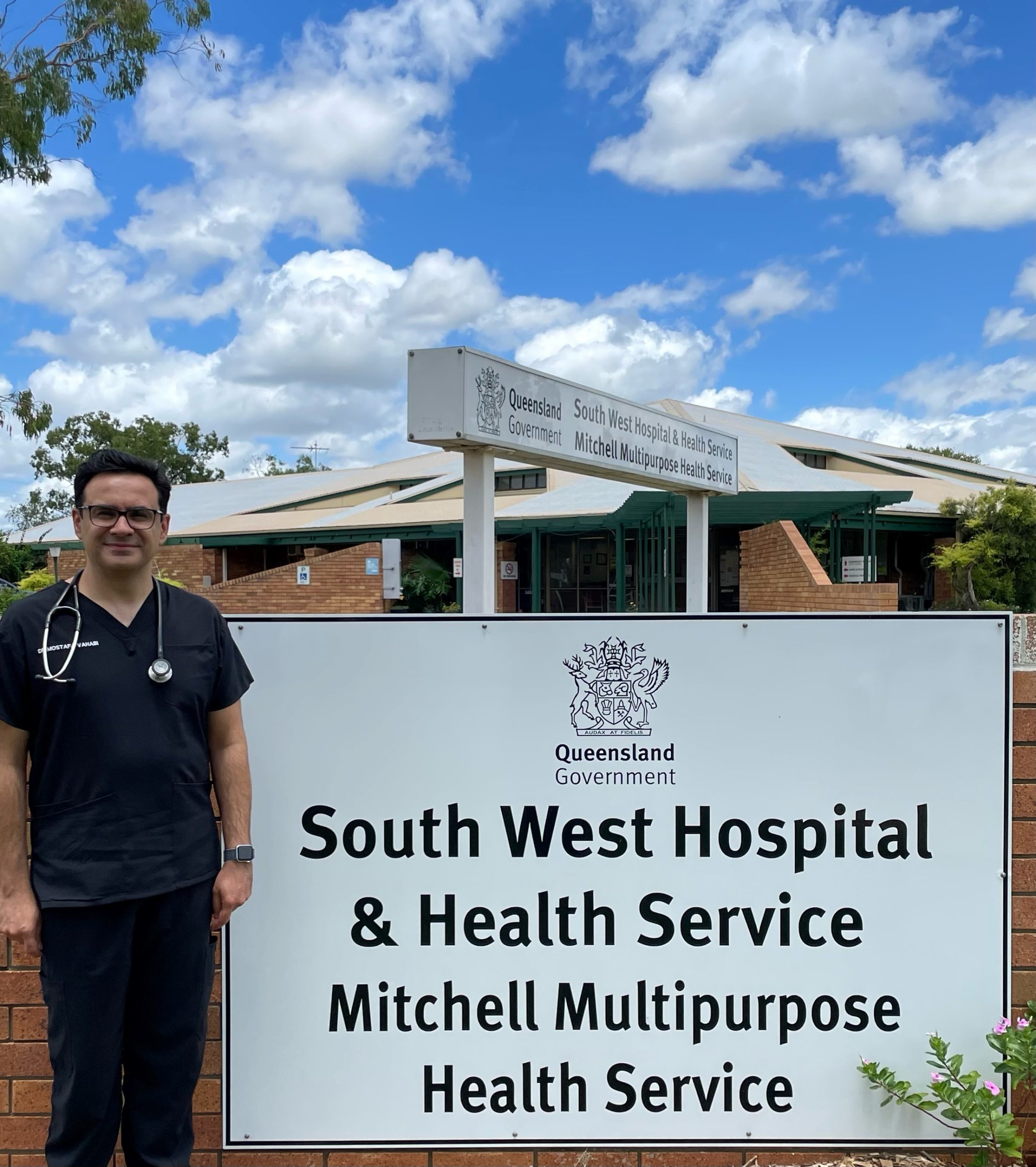So, you’ve dreamt of what your next training year will like look, the Advanced Skills Training position you will be tackling, your desired location, and things are looking good. Then the unexpected happens. You miss out on your first preference placement or the Advanced Skills Training position you wanted. What now? Where do you go from here?
Navigating the ups and downs of training can be challenging, especially when it means changing plans and coming face to face with a new reality. Dr Michael Clements, QRGP Acting Co-Medical Director, lays out how you can change the course of your training plans and shares some great ways you can make the most out of pivoting when you don’t get your first preference.
It’s normal to miss out on ‘plan A’
The initial years as a medical student and the first years of hospital work tend to be quite rigid and prescribed, with most people making it through their early training by the ‘follow the bouncing ball’ approach. Once it comes to choosing how to commence your rural generalist training time in PGY3 and above, the options become a lot broader, and trainees won’t always get their first preference on their first attempt.
Always consider the supply vs demand of positions
When you consider the training you want to pursue, always look at the supply and demand of these positions. Some training positions remain consistently competitive year upon year, such as anaesthetics. Other disciplines, like obstetrics and gynaecology, fluctuate and change. Regardless of what discipline you choose, it is important to remember that you must remain flexible. Have flexibility to when you get your dream training position, and be flexible with the location you undertake that training in.
Each year we receive a significant number of applications for a very limited number of positions in anaesthetics training. Be assured that all the usual advocacy agencies and The Rural Health Commission are well informed of the issue and are working on longer term solutions to increase the availability of these training positions. In the meantime, however, there will be a lot of trainees looking for alternative plans.
Changing plans
For most trainees who miss out on their desired training position, it simply means making a change to their training plan, not a complete rejection of their plan. These are some things to consider when reforming your plans.
- Undertake extra hospital time
Missing out on the desired training position in your first attempt does not prevent you applying again the following year. The extra year of experience may assist you performing better in the next application process.
Why not consider doing some extra hospital time? Increase your skills in acute care with rotations in ICU, anaesthetics, emergency, and paediatrics. Take the year to broaden your skills before commencing your AST and rural placement.
- Consider an additional AST
Many trainees will choose to do a ‘backup’ AST whilst waiting for their first preference. Emergency medicine is a common backup AST but it’s important to remember that ALL Rural Generalist’s are trained to be independent in a rural emergency department by completion of prevocational training. Think about what skills you could bring to a community that set you apart from others.
It is worth considering internal medicine, mental health, paediatrics, or Aboriginal and Torres Strait Islander Health as a complement to your desired AST as many of the rural and remote communities desperately need this expertise.
- Be flexible in your location
Learn to be flexible with your location. Next time you apply for training, be flexible in the location you choose. If you are set on a specific location, you may need more than one attempt to become successful. It may also pay to get to know the department you will be applying to. Understand what is important to them in an applicant and what skills they are looking for.
- Commence primary care training or rural placement time
There are many components in the Rural Generalist training program including time that needs to be spent in community general practice and in rural towns. It is a good option to consider commencing your GP time or rural placement time whilst waiting for the ideal AST training position. Ticking off your GP training needs can make the remainder of the training program easier once you have your AST and can be a good way to experience a new town or community that you would like to explore.
Moving to a rural town before Advanced Skills Training is a good way to get a feel for the town and an understanding of what Advanced Skills they need and what might suit you. Many trainees have changed their mind on which AST they will do after living and working in the community first as a PGY3+ trainee.
You’ve got this
If you have missed out on your first preference the first or second time, please consider carefully how to turn the change of plans into a real opportunity to extend your experiences and skills. Link in with your Rural Generalist Training Advisor (RGTA) who is there to support you. They can help explore your options and check that they are viable and compatible with training program limitations and considerations.
Dr Michael Clements | QRGP Acting Co-Medical Director







